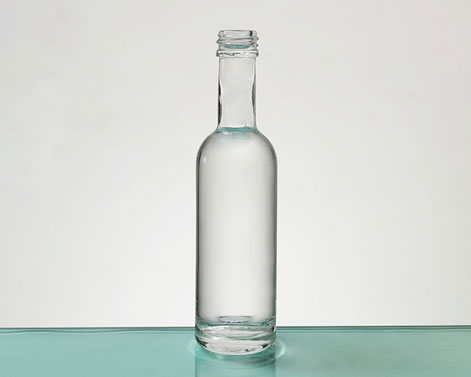What Are the Common Shapes of 700ml Glass Bottles Used for Spirits in Europe?
The 700ml glass bottle is a hallmark of Europe’s spirits industry, blending functionality with aesthetic appeal. While the volume standard is distinctively European, the diversity of bottle shapes plays an equally vital role in defining brand identity and consumer appeal. Below, we explore the most common designs and their significance in the market.
1. Round Bottles: Timeless Elegance
The classic round shape remains a staple for spirits like whiskey and brandy. Its symmetrical design evokes tradition and craftsmanship, making it ideal for heritage-focused brands. For example, many Scotch whisky producers opt for round bottles with embossed details or textured surfaces to emphasize authenticity . This shape also ensures compatibility with standard storage and dispensing systems, enhancing practicality for both producers and consumers.
2. Oval Bottles: Premium Shelf Presence
Oval-shaped 700ml bottles are favored for their ergonomic grip and visual distinctiveness. The elongated silhouette creates an illusion of height, making them stand out in crowded retail environments. Gin brands, in particular, leverage this shape to align with modern, premium aesthetics—often pairing it with bold labels or metallic finishes .
3. Square and Rectangular Bottles: Modern Sophistication
Square and rectangular designs have surged in popularity, especially for vodka and tequila. These angular forms convey modernity and minimalism, appealing to younger, design-conscious consumers. Brands like RSG Glass offer rectangular bottles with sharp edges and frosted surfaces, which align with trends in luxury packaging and sustainable branding (e.g., reduced material use compared to round counterparts) .
4. Unique and Asymmetrical Shapes: Artistic Innovation
To differentiate themselves, many European distilleries experiment with custom shapes, such as flask-inspired designs, faceted geometries, or irregular contours. These bottles often serve limited-edition releases or niche spirits like artisanal absinthe. For instance, RSG Glass’s catalog includes hexagonal and tapered bottles that double as decorative pieces, reinforcing the idea of spirits as collectibles .
5. Hybrid Designs: Blending Form and Function
Some shapes merge practicality with creativity. A notable example is the “shouldered” bottle, which combines a rounded base with a tapered neck. This design is common in cognac and aged rum, offering ease of pouring while maintaining a vintage aesthetic. Other hybrids incorporate embossing, colored glass, or integrated stoppers to enhance usability and visual storytelling .
Why Shape Matters in Europe's Spirits Market
Cultural Resonance: Shapes often reflect regional traditions—e.g., square bottles in Nordic countries for aquavit, symbolizing minimalist design values.
Sustainability: Angular designs (like square bottles) optimize shipping efficiency, reducing carbon footprints—a priority under EU sustainability goals .
Brand Identity: Unique shapes act as silent ambassadors. A flask-shaped gin bottle, for instance, evokes adventure, while a faceted vodka bottle suggests precision.
Conclusion
Europe’s 700ml glass bottles are far more than containers; they are canvases for storytelling and innovation. From timeless rounds to avant-garde asymmetrical designs, each shape caters to specific consumer expectations and brand narratives. For distilleries, selecting the right bottle is a strategic decision that balances aesthetics, functionality, and sustainability.
Explore RSG Glass's diverse range of 700ml bottle designs to discover how shape can elevate your spirits brand in Europe's competitive market.




